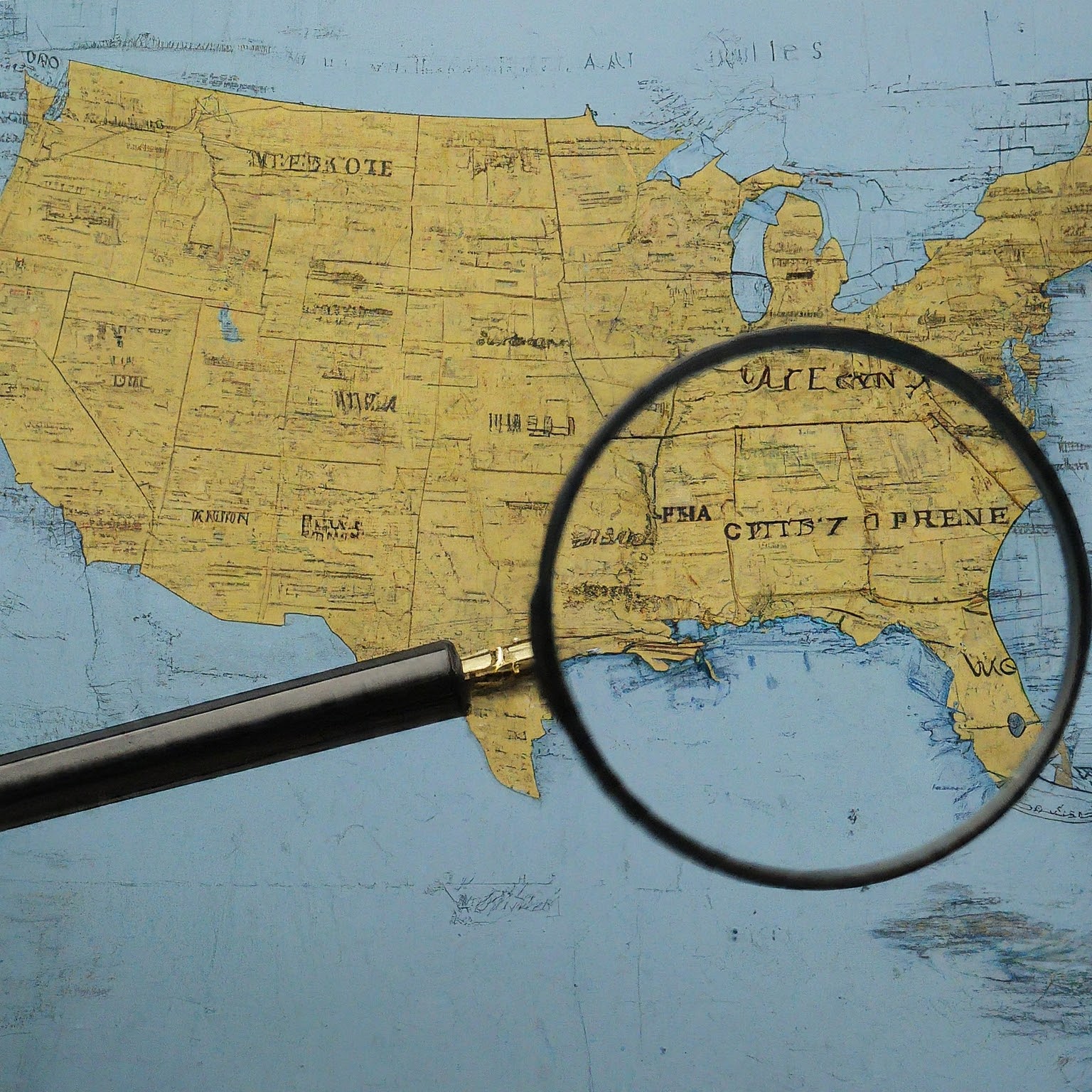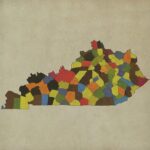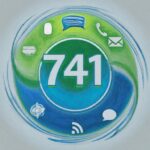Have you ever encountered a phone number with the 121 area code and assumed it belonged to a location within the United States? If so, you’re not alone. The 121 area code US is a common misconception, and this article delves into the reasons behind it and explores the fascinating world of telephone numbering plans.

The Reality: 121 Area Code Does Not Exist in the US
Here’s the key takeaway: as of today, July 16, 2024, there is no 121 area code assigned within the United States. The North American Numbering Plan (NANP), which governs phone numbers in the US, Canada, and some Caribbean territories, does not allocate the 121 code to any region.
Why the Confusion? Exploring Potential Sources
Despite the absence of the 121 area code US, there are a few factors that might contribute to the misconception:
Misinformation Online: Inaccurate information can spread quickly online. Websites or articles claiming the 121 area code US exists might be outdated or simply incorrect.
Similarities to International Codes: Some countries employ area codes that begin with “12,” such as the United Kingdom’s “121” code for Birmingham. Someone encountering such a phone number might mistakenly assume it belongs to the US.
Placeholders in Fictional Works: Occasionally, writers might use fictional area codes in movies, TV shows, or books. The 121 area code US could potentially be used in this manner, leading to confusion among viewers or readers.
The Importance of Verification: Whenever encountering an unfamiliar area code, it’s crucial to verify its location. Reliable online resources or phone number lookup services can help determine the true origin of the number.
A Look at US Area Codes: Understanding the System
The US phone numbering system relies on a complex network of area codes, each assigned to a specific geographic region. These three-digit codes precede the seven-digit local phone number. Here’s a breakdown of the system:
NANP and its Purpose: The North American Numbering Plan (NANP) was established in 1947 to create a unified phone numbering system for the United States, Canada, and some Caribbean territories.
Assigning Area Codes: The North American Numbering Plan Administration (NANPA) oversees the allocation of area codes to different regions based on population growth and phone number demand.
Overlays and Splits: As demand for phone numbers increases in a specific area, NANPA might implement overlays or splits. An overlay assigns an additional area code to the same geographic region as an existing one. A split creates a new area code by carving out a portion of the territory served by an existing area code.
Understanding Local Numbers: With the area code in place, the remaining seven digits identify the specific phone line within the designated region.
The Future of US Area Codes: Potential for Change
The world of telecommunication is constantly evolving. While the 121 area code US is currently non-existent, the future holds possibilities for change. Here are some potential scenarios:
Assigning the 121 Code: Though unlikely in the near future, it’s not entirely impossible that the NANPA might allocate the 121 area code US to a specific region if phone number demand surges significantly.
Technological Advancements: The rise of mobile phone technology and internet-based communication platforms like VoIP (Voice over Internet Protocol) might influence the future of area codes.
Adapting to Change: The US phone numbering system has proven its flexibility over time. As technology advances, the way we use and understand phone numbers might continue to evolve.
Beyond the US: Exploring International Area Codes
While the 121 area code US isn’t real, the concept of area codes extends beyond the United States. Numerous countries utilize area codes to manage their phone numbering systems. Here are a few examples:
United Kingdom: The UK employs a variety of area codes, including “121” for Birmingham, England.
Canada: Canada shares the NANP with the US, meaning some Canadian area codes might sound familiar. However, they are distinct from US codes.
Australia: Australia has a different area code system altogether, with codes varying depending on the state or territory.
Understanding International Codes: If you encounter a phone number with an unfamiliar area code, it’s likely from outside the US. Researching international area codes can help you determine the country and potentially the region from which the call originates.


